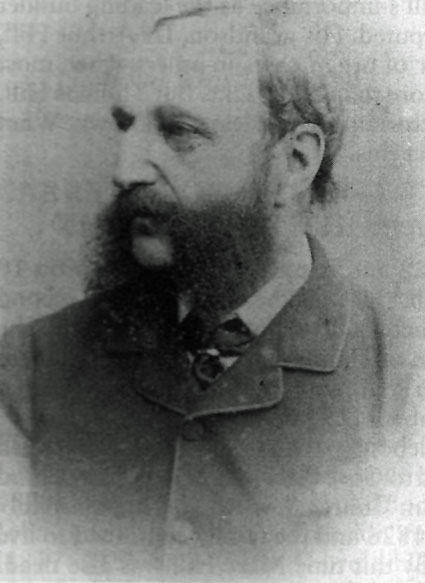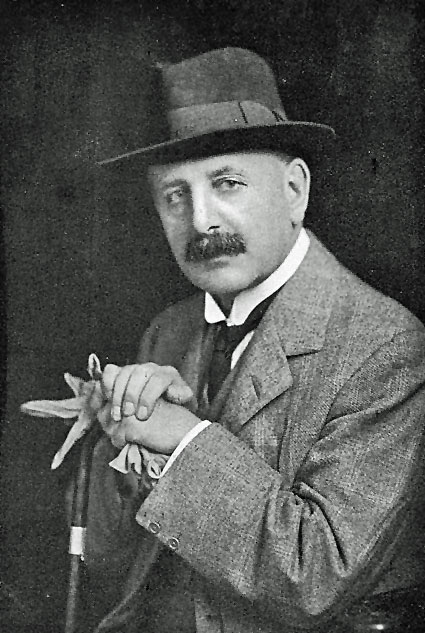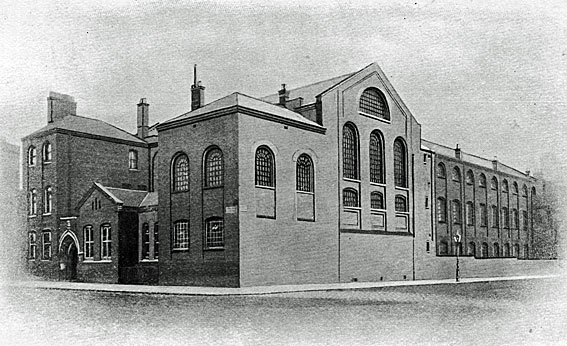by Geoffrey Cox
Organs by the firm of Hill & Son in Australia and New Zealand are able to be documented through the firm’s estimate and shop (order) books, which are now held in the British Organ Archive in the Cadbury Research Library, University of Birmingham. The five shop books, dating from 1872 to 1915, were formerly described as ‘order books,’ and numbered 3-7 as shown below. The earliest estimate book was similarly once described as a ‘letter book,’ but it belongs clearly at the beginning of the series of ‘estimate books,’ which thus extend back to 1838.
The estimate books contain many more entries than those for which orders were eventually placed. They also provide details of organs that pre-date the extant shop (order) books. As instruments were ordered, each was given a job number in the current shop (order) book, and these job numbers were generally also added retrospectively to the relevant estimate books. For most instruments, therefore, records exist in both the estimate and the shop books. By referring to Estimate Books 1 and 2, however, it is possible to extract a short list of instruments built before May 1872, the starting date of the earliest surviving shop (order) book.
Hill Estimate Book 1 (April 1838 - December 1861) [= Letter Book 1] Hill Estimate Book 2 (January 1862 - May 1877) Hill Estimate Book 2B (May 1877 - October 1889) Hill Estimate Book 5B (October 1889 - October 1893) Hill Orders before 1872 Hill Shop Book 1 (May 1872 - July 1875) [= Order Book 3] Hill Shop Book 2 (August 1875 - January 1884) [= Order Book 4] Hill Shop Book 3 (November 1883 - 1891) [= Order Book 5] Hill Shop Book 4 (1891 - 1901) [= Order Book 6] Hill Shop Book 5 (1901 - 1915) [= Order Book 7] Hill Orders after 1915 Hill & Son Drawings (Preliminary List)
Most of these records have been scanned, and are here made available as downloadable PDF files. The present or last locations of these instruments are shown in the list of shop books, and these are here linked to other documentation of these organs.
What is perhaps more remarkable is the fact that, of the 39 Hill organs known to have existed (or almost existed) in Australia, a large proportion (around 40%) has survived in substantially original condition. Similarly, of the 11 instruments in New Zealand (excluding the one now in Australia), 40% could be described as being in original condition.
William Hill died in 1870, but the business long outlived him, changing its name several times over the period of its existence. From 1856 or 1857, when Thomas Hill was taken into partnership by his father, the firm was known as ‘Hill & Son.’ The organs exported to Australia and New Zealand would therefore all bear either the name ‘Hill & Son’ on a brass plate (up to about 1895) or ‘W. Hill & Son’ on an ivory plate (increasingly after that date). When Thomas Hill died in 1893, the firm continued under his son, Arthur Hill until the amalgamation with Norman & Beard during the First World War.

(Photograph supplied by John Maidment)

(Photograph supplied by John Maidment)

(Photograph supplied by John Maidment)
Details of the current whereabouts and condition of the New Zealand organs have been supplied by Christopher Templeton of the South Island Organ Company, Timaru, New Zealand.
A more detailed article concerning the Hill & Son records appears in OHTA News, vol. 37, no. 4 (October 2013), pp. 25-30.

(The Art of Organ Building, Wm. Hill and Son, London, c.1910)
NOTE: All of the downloadable images from the Hill Estimate and Shop (Order) Books are © copyright British Organ Archive, University of Birmingham. Any reproduction of the Hill records in articles, theses or other research papers should acknowledge this.
